In this blog article, we will understand what Agile UX is. Further, learn how this design methodology is necessary for designers and design agencies to build better products.
But before proceeding further, let us first get to know some basic concepts about agile.
What is Agile Development?
In 2001, seventeen software professionals from different backgrounds met together and created a public declaration. They aimed to improve the software development methodology, which is known as—Agile Development Manifesto.
They formulated twelve principles to realise new methods of developing software. In their manifesto, the developers favoured these values:
- Individuals and interactions over processes and tools
- Working software over comprehensive documentation
- Customer collaboration over contract negotiation
- Responding to change than following a plan
While there is value on both sides. However, the authors of the agile manifesto say items on the left have more importance than items on the right.
What is Agile UX?
Similar to agile software development, the Agile User Experience (UX) follows identical principles and values. But instead of engineers, it aims to help design teams, UI & UX professionals, and agencies.
Implementing agile practice is undoubtedly valuable for online businesses. Because a great UI UX web design services helps websites to increase their end-user engagement time but also makes them stand apart from competitors.
Through its iterative approach, the Agile UX continuously improves the design of products. It also increases cross-team collaboration and provides faster and more efficient deliveries of projects while responding to varying requirements.
Now let us know how Agile UX is important for design professionals and agencies.
#1 Incremental Approach
When a UI UX design company follows the agile process, the team divides an entire project into multiple phases (also called—Sprints).
Meaning, the complete work is not delivered in one go. Instead, small segments of the project are developed, reviewed, and then the team proceed towards the next phase.
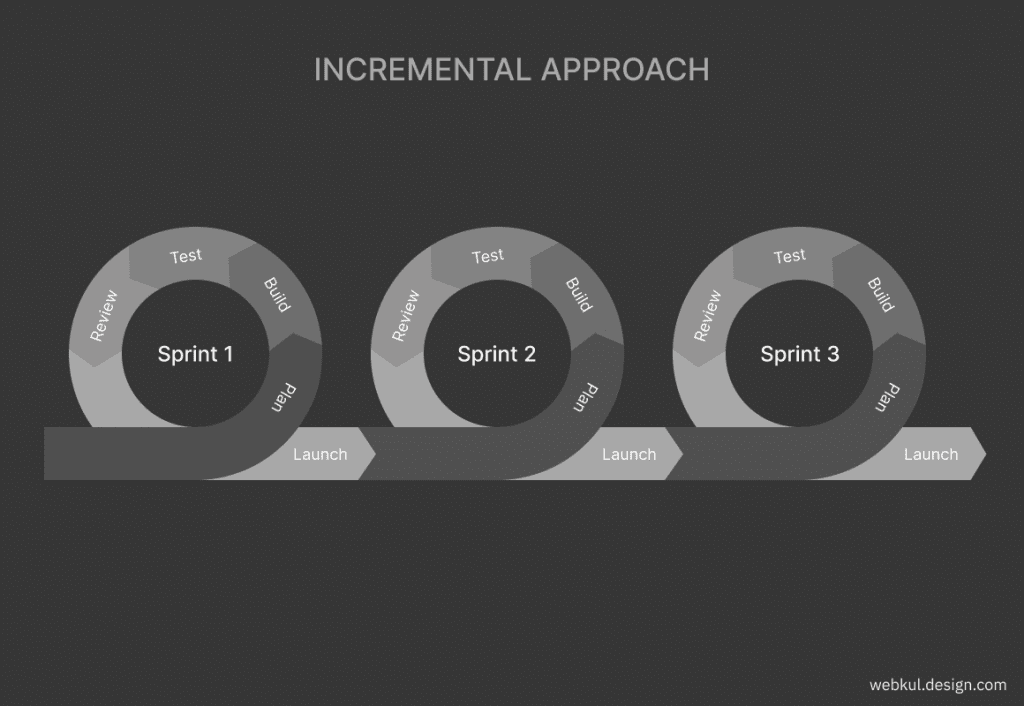
An incremental approach greatly reduces the risk for both creators and stakeholders. Further, also saves time when things go unexpected.
The agile team can quickly access the roadblocks, go back to the drawing board, and make changes to their design.
Thus, the step-by-step approach not only benefits the design team to remain in focus. But it also makes sure that the project objectives are fulfilled within the stipulated time.
#2 Adaptable to Changes
Being agile is to be flexible to accept new changes. What it means here is that when a team works in an agile environment, they can become responsive. Alternatively, they also become capable enough to handle any new demands without chaos.
If a design is created, but somehow it requires certain changes. Maybe due to any external factors or market situations. Or the client’s new needs, the agile UX team is adaptable to accommodate these modifications.
For example, in 2017, with the release of the iPhone X, all businesses changed their mobile app frontend UI. It was due to the new iOS notch design around the status bar.
Being adaptable to changes not only makes Agile UX’s biggest strength. But it also serves the purpose to minimize the project costs and timeline when revised requirements are shared.
#3 Effective Team Collaboration
Today communication across teams is a critical factor for the success of any project. An agile team favours daily stand-up meetings, face-to-face interactions, and discussions to overcome complexities.
This ensures everyone is on the same track and working towards achieving the project objectives collectively.
Unlike the traditional or lean approach, the agile UX team can freely communicate with cross-functional teams and share ideas.
In Agile UX, the designers can have discussions with developers, testers and salespersons. The design team can take their inputs, and reiterate to improve the outcome.
#4 Faster Project Delivery
Agile UX promises faster time to the market. Because when the team is working, they become more efficient and manageable. They spend less time on planning and more time delivering the output.
Organizations do not need to go back and forth and start everything again from the scratch. With agile, the UX team can grasp quickly, comprehend the changes needed, and adjust their design works.
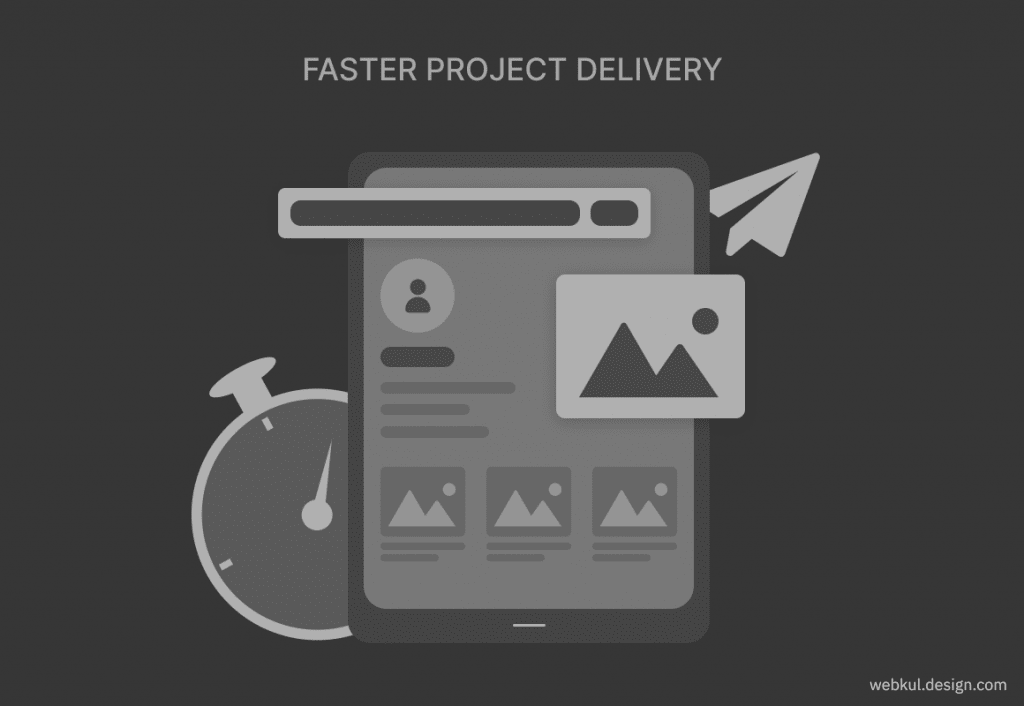
In agile UX, the team is not working to deliver the complete project, instead, they work in sprints.
That is to develop only a specific set of features and deliver a working product. Or MVP (Minimum Viable Product), which serves the purpose.
Thus helping the designers to quickly deliver the projects within the agreed deadline.
#5 Stakeholder Feedback
Another noteworthy characteristic of the agile practice is the involvement of end-user feedback at all levels.
The stakeholders and clients get to participate in the design and development process. In that, they can share their valuable opinion, and review the final product to ensure it conforms with their requirements.
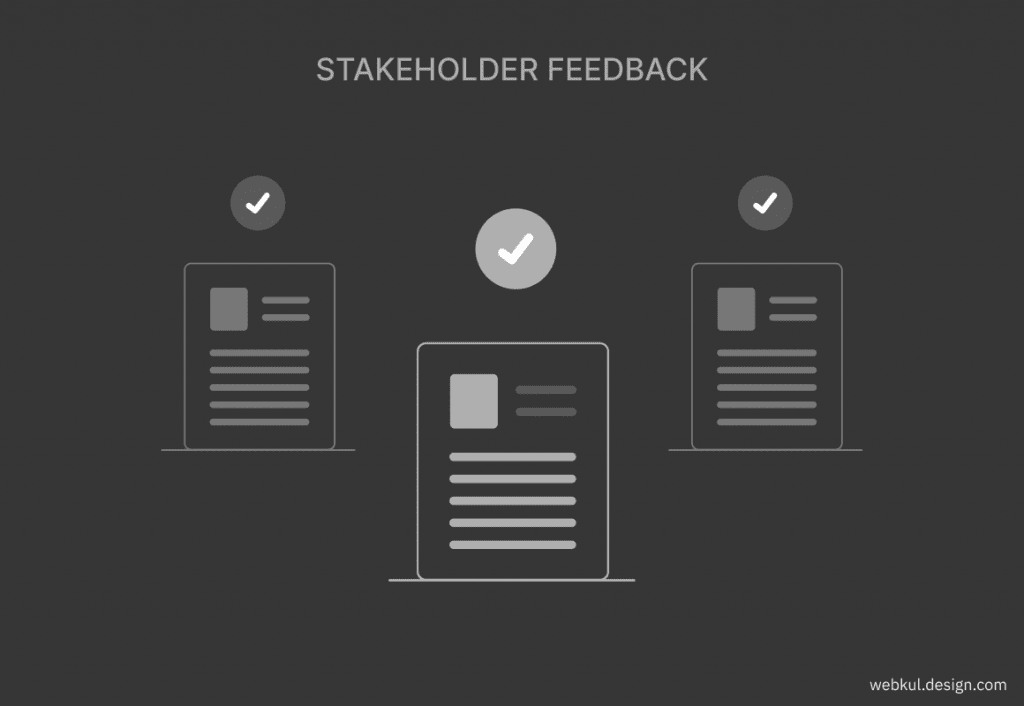
End-user participation not only supports the creators and designers in understanding the client-end issues. But it also helps to mould the design product according to the client’s expectations.
Unlike the conventional method, where clients communicate only during the project initiation and planning. In the Agile UX approach, we allow the end-users to regularly interact to enhance the design creation.
Thus also aiding in increasing client satisfaction and transparency during all the stages of project development.
#6 Generates New Ideas
Agile methodology embraces experimentation. The design teams are continuously working to make their compositions better than before.
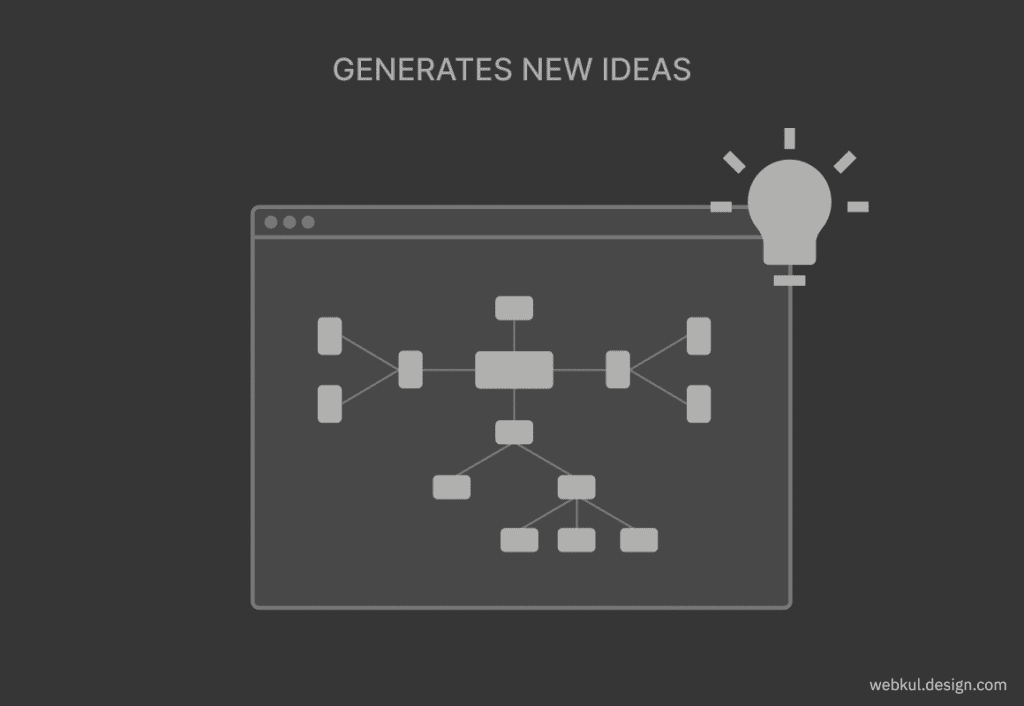
With the iterative approach, we can discover new concepts and build prototypes. Moreover, we can A/B test new designs and improved techniques, and most importantly give space for innovations.
When UX professionals have the freedom to think outside the box, they are empowered. The team feels motivated to do more and be more imaginative.
Thus helping the organisation achieve its business goal with novel inventions.
Final Thoughts
For more than 20 years, the agile practice is still very popular and utilised in IT organizations to help engineers. But recently, its adoption is now visible in other areas as well, including design principles.
Agile UX is simple words a practice which brings the principles of agile software development into design projects.
Hence, encouraging UI and UX professionals and designers to be more efficient and more flexible. Plus the team attain the ability to respond to changes, be more collaborative with end-users, and build creative design products.
Hire Agile UX Team
That is it for the Agile UX article, don’t forget to share your views in the comments below.
Also, if you are looking for UI UX designer to build an agile team for your next design project, then share your inquiries by email or fill in the contact form.

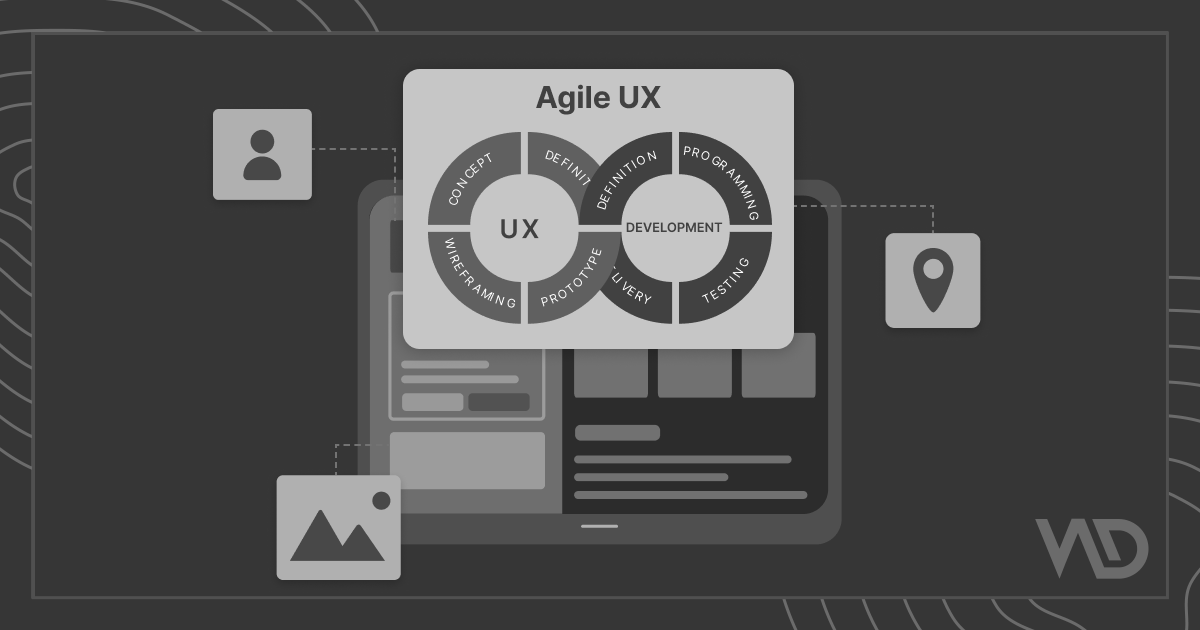

Be the first to comment.